After peering longingly for decades across the Atlantic at innovative European camper vans and small motorhomes, American RVers are finally seeing some of those options land Stateside. Hymer has been in the US, gone and back again, and now Italian innovator Wingamm is bringing over its Oasi series. Not quite a camper van, not quite a Class C motorhome, Wingamm describes the Oasi as a “micro RV,” a vehicle that’s the same length as a camper van but with a larger living area that sleeps a family of four under a hard roof.
Founded as a family van conversion business in 1977, Wingamm expanded into building its signature fiberglass monocoque motorhomes five years later. In the decades since, the brand has expanded to 15 markets around Europe and Asia. With help from entrepreneur Tony Diamond and his newly formed company TM Motorhomes, Wingamm is now on its way to the US market for the first time.
“My vision has always been to bring my family-owned brand of compact European motorhomes to America,” Wingamm CEO Lorena Turri explained in an announcement this month. “Our plan came together when I met Tony Diamond and the TM Motorhome sales team about two years ago at our headquarters in Verona, Italy. Tony was very enthusiastic about the changing trends in how Americans want to live and travel and the gap in the compact RV market that Wingamm could fill.”
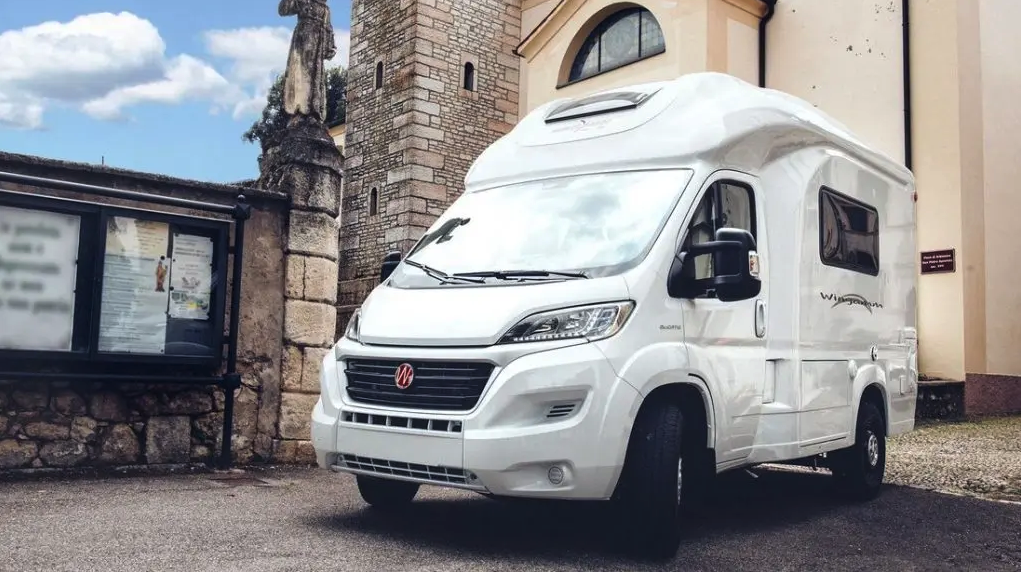
Wingamm
Sales numbers demonstrate the gap to which Diamond referred. Large Class A and C models have long dominated the US motorhome market, but compact RV options have been quickly gaining popularity recently. Camper vans (Class B motorhomes) represented less than 20 percent of all motorhome sales in 2020, according to RV Industry Association data, but their year-over-year sales were up 70 percent compared to 2019, while both Class A and Class C sales declined. Camper vans also showed the strongest growth in 2017 and 2018, and they lead again in 2021, with a 150 percent year-over-year increase through the first six months.
Major manufacturers like Winnebago, Thor Industries and even Mercedes-Benz have been pushing out new products to fill the void of compelling small motorhomes created by decades of large motorhome dominance, hoping to attract adventurous compact-camper shoppers. Wingamm’s offerings present an alternative that isn’t quite a Class C motorhome and isn’t quite a Class B camper van. We’re not even sure some of Wingamm’s RVs can be properly classified as Class B+ motorhomes because B+ products like the Winnebago Ekko and Hymer Van S tend to be as boxy as Class C motorhomes but without the full sleeper alcove or extended length.
Wingamm goes about its motorhomes a little differently. Instead of dropping a big box onto the bare chassis behind the driver’s cab, Wingamm blends its curvy fiberglass monocoques more naturally with the automotive cab, providing a cleaner look more like a single vehicle body. Wingamm models are designed to ride, maneuver and park like vans but offer a little more interior living space at camp.
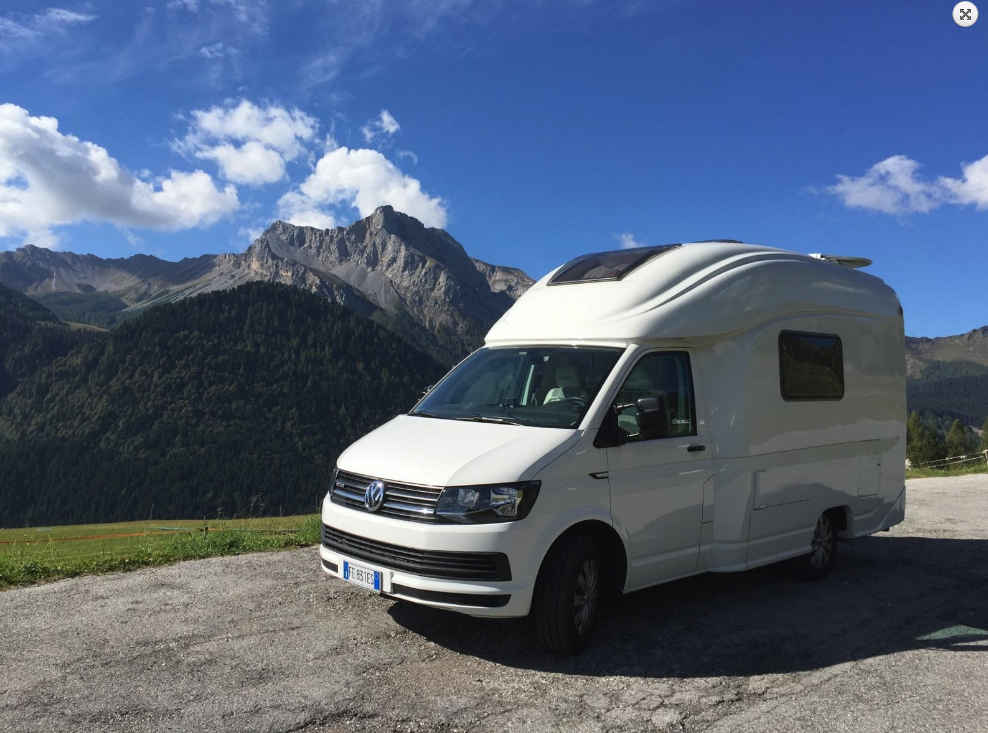
Wingamm
Wingamm will initially launch with a single US model, the Oasi 540. The latest European-market Oasi 540 replaced the VW-based Micros Wingamm had sold since 2003. That transition came because VW discontinued the chassis variant the Micros was based on, but it timed quite well for a cross-Atlantic expansion. Volkswagen vans are, of course, not available in the US, whereas the Fiat Ducato that underpins the Oasi 540 is offered in the US as the Ram ProMaster.
The old Micros evolved over time but never quite escaped the look of a VW van head sticking out from a body suffering severe swelling from a hornet attack. Thanks to the Ducato’s broader face, the Oasi 540 has a smoother transition between cab and motorhome body. A shorter length, extended width and higher, more robust roof keep the 213-in (541-cm) Oasi from becoming the van doppelganger the City Twins is, but the Oasi definitely wears a sleeker look than the old Micros.
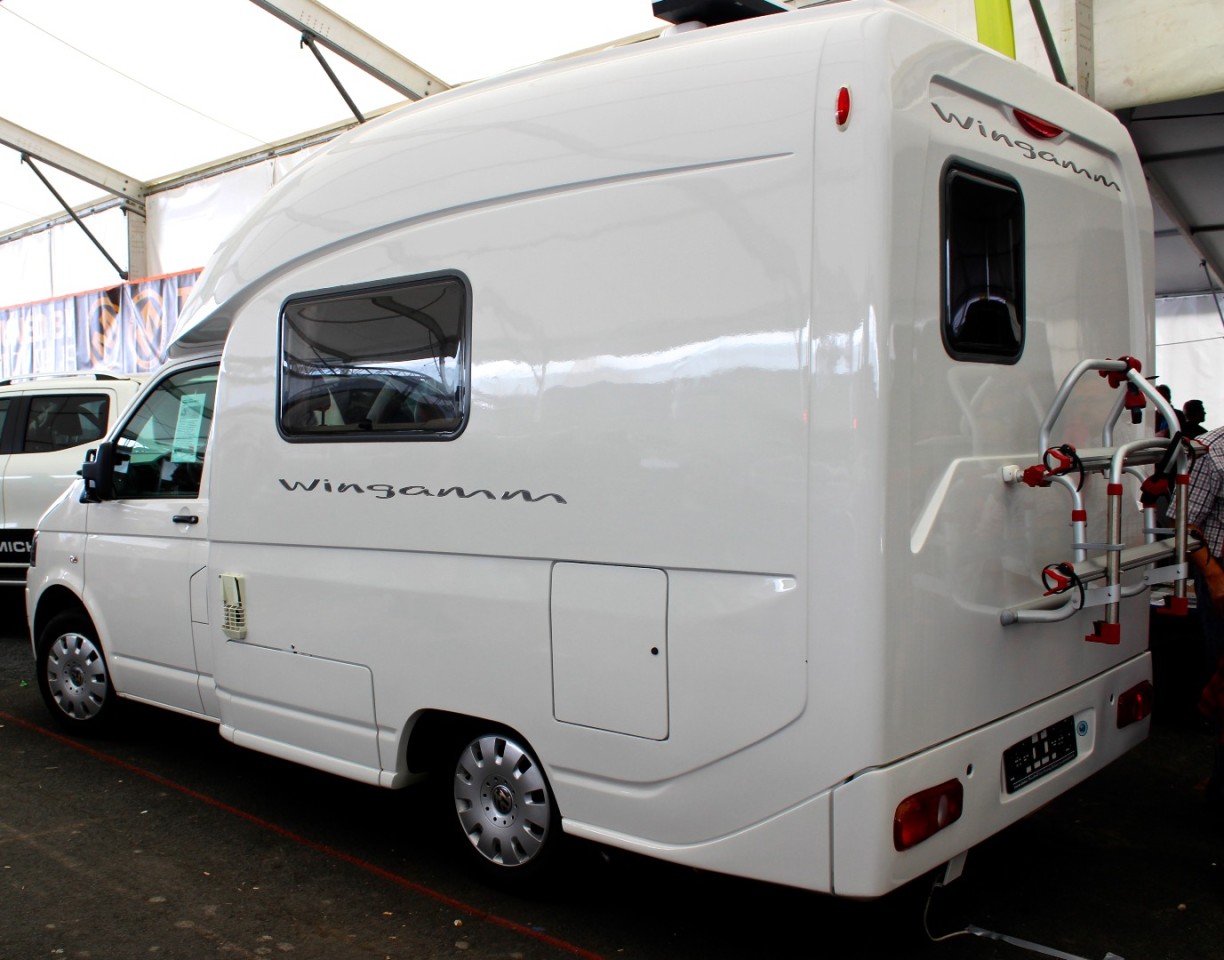
C.C. Weiss/New Atlas
It may be sleek, but the Oasi fiberglass module packs an extra 8 inches (20 cm) of exterior width over the stock ProMaster van body, and Wingamm takes full advantage by installing a uniquely spacious floor plan quite different from the average US or European camper van layout. Instead of dedicating space to a permanent rear bed, it relies on a strut-actuated lift-away bed that stows away just under the ceiling over top the front lounge. This makes room for a large living area that brings together an L-shaped sofa, rotatable oval dining table and driver-cab swivel seats.
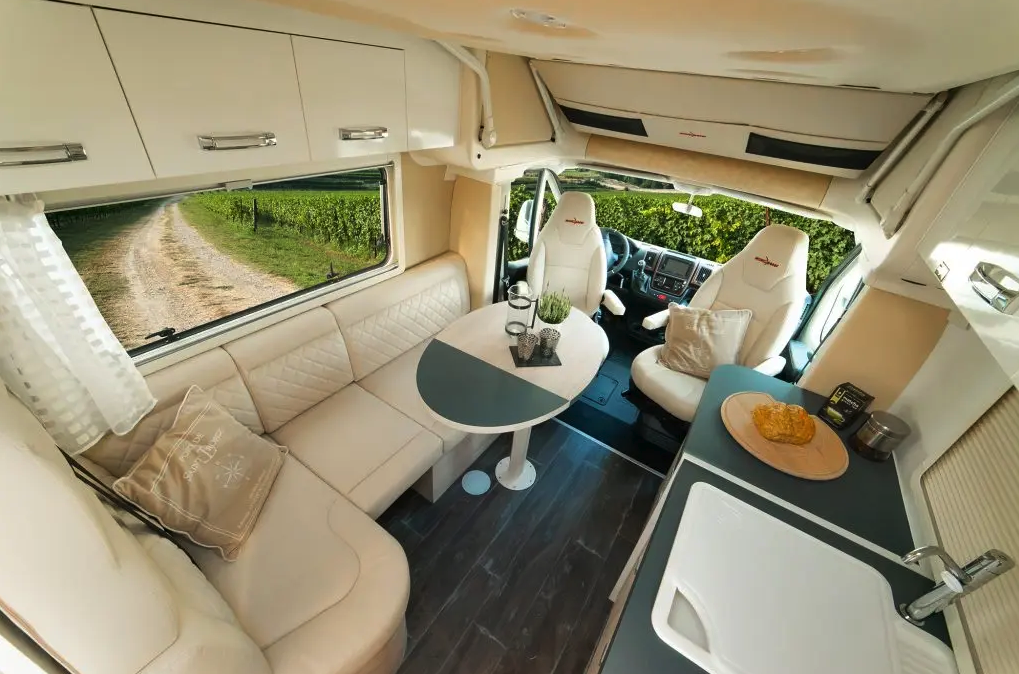
Wingamm
The galley is the standard camper block with a dual-burner stove, sink and counter space up top and a 93-L Trivalent absorption fridge next to the drawers and cabinets down below. The rear of the van is divided off by a wall that stretches from the back of the sofa to the rear passenger-side corner, leading the central aisle to the rear door. The doors cut into this diagonal divider wall lead to a wardrobe and a wet bathroom with sink, ceramic cassette toilet and backlit shower.
Wingamm bills the Oasi 540 as a 3+1 sleeper, which looks to mean it will sleep three adults comfortably on its combination of 78 x 53-in (198 x 135-cm) drop-down longitudinal double bed and 74 x 28-in (188 x 71-cm) convertible-sofa single bed. To sleep four, the last person will have to get cozy on one of those two beds. So Oasi 540 owners who don’t want to scrunch together uncomfortably should probably be looking to travel in groups no larger than three adults or a family of four with at least one young child. Beyond that, they might need to tow a caravan or carry a good, old-fashioned tent. Either way, the Oasi 540 has four belted seats to drive everyone to the campground.
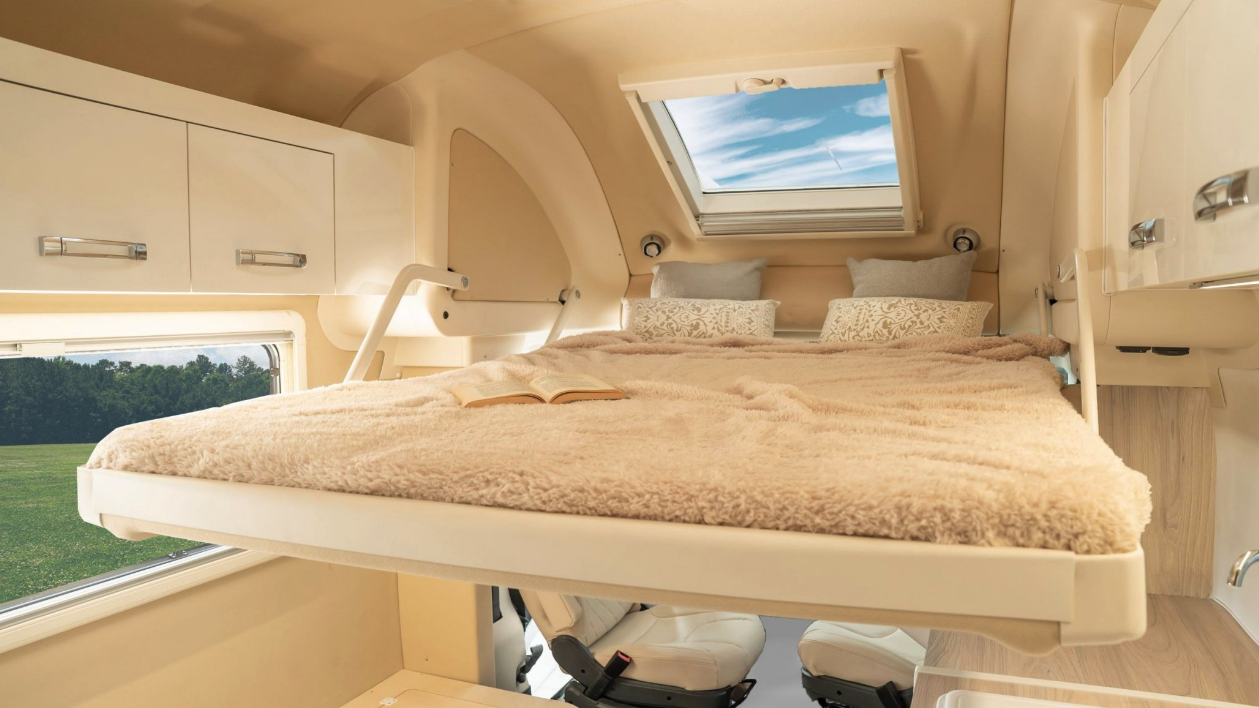
Wingamm
Other standard specs of interest include a Truma Combi furnace/water heater, heated flooring, an electrical system with digital control panel, LED lighting throughout, and insulated 100-L fresh and 70-L waste water tanks. The base ProMaster packs more oomph than its European cousin, bringing a standard 3.6-L gas V6 good for 280 hp and 260 lb-ft of torque. Sadly, the Ram ProMaster has no 4×4 option.
It’s worth mentioning that the proverbial ink has barely dried on Wingamm’s US catalog, from which we pulled specs, and some European specs (e.g. 220-V outlets) and a couple German words remain in the catalog. The photos, too, show Wingamm’s European vans, so specs, colors, trims, etc. might change ahead of Wingamm’s official US launch.
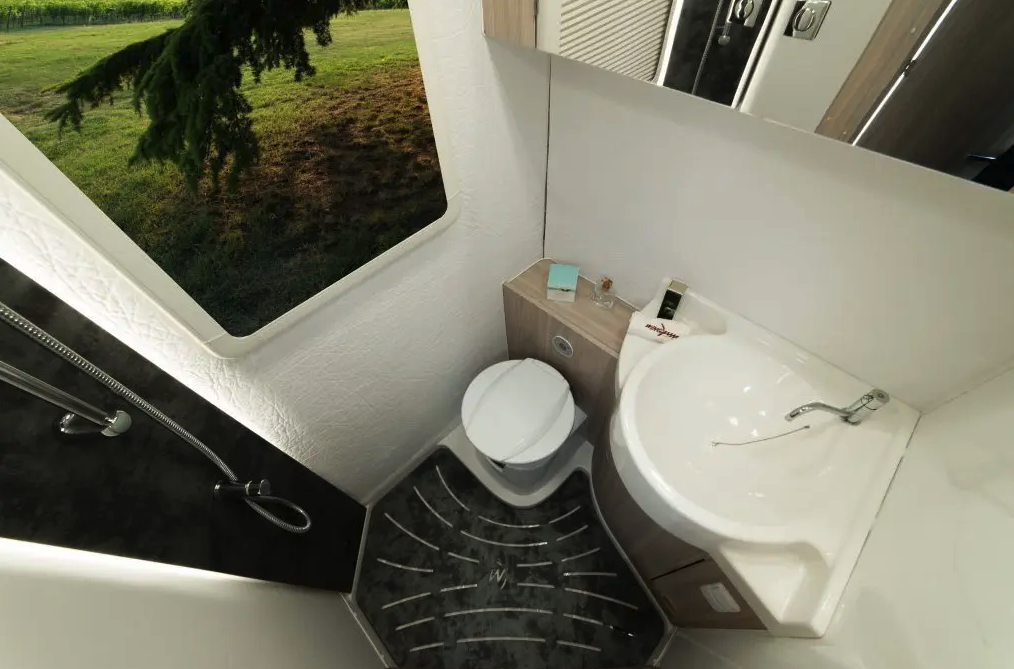
Wingamm
TM Motorhomes owns exclusive rights to Wingamm’s North American distribution and plans to have the first Oasi 540 models in Los Angeles and New Jersey dealerships by this winter. Pricing has yet to be finalized, but TM estimates that the mini-motorhome will start between $135,000 and $145,000, a far cry from the €72,911 (approx. US$85,300) list price in Germany.
We’re a bit surprised the Oasi 540 will price that high because part of the appeal of a smaller, mass-marketed global B+ motorhome is the prospect of a lower price point than you’d pay for a larger RV or a custom-built camper van. The $140,000 base isn’t that lower price. However, the Oasi 540 isn’t having trouble drawing major interest so far. Before Wingamm or TM even made an official announcement, a YouTube video tipping Wingamm’s US expansion drew over 3.5 million views and helped lead to more than 3,500 inquiries from potential customers and several dozen from interested dealers, according to TM Motorhomes, which had a waiting list of 550 people as of earlier this month.
Beyond the initial launch, TM plans to grow a nationwide dealer footprint by 2023 and add additional Oasi models to the lineup.
Sources: Wingamm
Source of Article